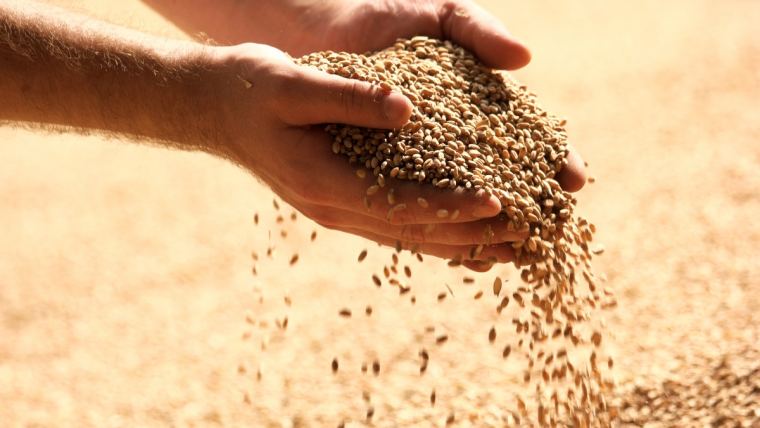
Henning Gerstenkorn, Business Development Manager Animal Health at Ohly, shares the top trends set to shape the animal nutrition landscape this year

The animal feed industry is changing, driven by evolving consumer demand, changing preferences, regulatory changes, and groundbreaking advancements in feed technology and ingredients.
The United Nations has reported that food production from plants and animals will need to increase by 60% by 2050*, compared with 2009, to meet increasing food demand. This highlights the demand for changes in the industry to ensure this is managed sustainably.
With this in mind, Henning Gerstenkorn, Business Development Manager, Animal Health, at Ohly shares his insights into the key trends set to influence animal feed production this year.
Embracing sustainable practices

Throughout 2023, we saw an increase in demand for sustainable and ethically sourced ingredients heavily impacting the animal feed and pet food sectors; and this is a trend that will continue throughout 2024. Conscious consumers are compelling producers to operate more sustainably with a particular focus on the origins and impact of ingredients.
The drive for sustainability is encouraging ingredient and feed manufacturers to embrace circular economy principles, explore alternative ingredients and drive down the carbon footprint associated with feed production. An added benefit of regional sourcing is increased supply chain robustness, mitigating the risk of disruptions.
A strong focus on plant-based ingredients in pet foods

Alongside the move towards more sustainable business practices, we are also aware of a greater shift towards plant-based ingredients with a growing interest in algae, legumes, duckweed, seaweed, insect- and mycoproteins, and by-products from food processing.
Yeast extracts also serve as a sustainable source of bioavailable nutrients, including nucleotides which provide growth support and can act as a replacement for antibiotic growth promoters to improve feed conversion ratios. Yeast cell walls contain components such as beta-glucans and mannan-oligosaccharides which offer immune-supporting properties by increasing macrophage activity and limiting the growth of gut pathogens.
Precise nutrition utilising new technologies and ingredients

Leveraging new technologies using AI and data analytics has significantly impacted the industry with traditional methods now taking more of a backseat. These new technologies and the ingredients available now mean that we’re able to apply more precision to our methods with both nutrition and sustainability in mind.
With the United Nations citing the need for a 60% growth in demand by 2050 feed technology is likely to evolve, employing a range of biological, biochemical, physical, chemical and engineering methods to make the nutrients more available in animal feed.
Other digital tools such as precise spectroscopic techniques like NIR are also transforming how we approach feed formulations.
Animal welfare

In 2024, ethical concerns regarding animal welfare will continue influencing feed formulations and production methods. As with the drive for more sustainable solutions, consumer demand is pushing the animal feed industry to prioritise better welfare standards and sourcing transparency.
Adapting to these trends throughout 2024 will enable the industry to uphold the highest quality standards, meet consumer demands and contribute to a more sustainable future for the animal feed industry.
Supporting immune health through animal feed applications

Growing levels of antibiotic resistance are a genuine worry for livestock producers. According to a 2019 WHO report** infections by antibiotic-resistant bacteria cause more than 700,000 human deaths a year worldwide. However, it’s estimated that they could be responsible for more than 10 million annual deaths by 2050.
As a result, we’re witnessing a higher demand for non-antibiotic immune support solutions to improve both feed conversion ratios and livability rates among livestock.
Ohly’s feed products, made from primary cultivated yeast, provide a sustainable solution for feed formulators to help reduce antibiotic use and improve performance through better animal health and feed conversion.

Henning Gerstenkorn, Business Development Manager, Animal Health at Ohly says:
“As livestock feed and pet food producers, it’s essential to prioritise sustainable and ethically sourced ingredients in response to increasing consumer demand for environmental responsibility. Producers should actively explore plant-based alternatives and employ innovative technologies such as AI and precise analytics to optimise feed efficiency and nutrition. Additionally, it’s crucial to focus on supporting immune health in your feeds, reducing the reliance on antibiotics, thereby addressing animal welfare concerns and the global challenge of antibiotic resistance.”